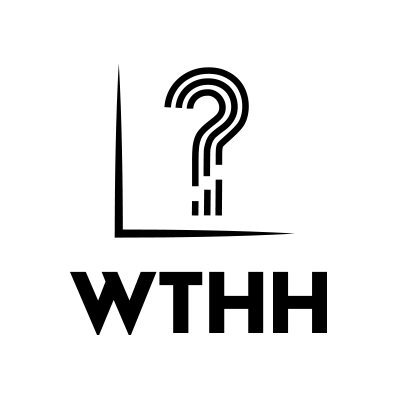How Are The Early Voters Voting?
By Kevin Reuning (@KevinReuning)
Yesterday we looked at who is voting early. Today we can take it a step further and look at how those voters are voting. For those not wanting to read, the takeaway is: Independents are breaking towards Democrats in the New York Times Upshot polls, and they are breaking heavily.
We’re exploring the Upshot polling because it’s important to understand that party registration (which is what people are analyzing when they are looking at early voting) does not perfectly align with who an individual actually votes for. In addition, a growing share of the population does not affiliate with a party, meaning there are few clues as to how they will vote. In toss-up races, these voters will make the difference.
To look at how people were voting I estimated a model just among those who had reported that they were voting using a range of demographic categories as well as the “Party File” voter file information in the Upshot data, which represents which party an individual is registered with in states that provide it and a modeled partisan score in states that do not (Upshot does not provide a codebook, but we gleaned this from their public writing on the polls). This is important as right now, voter registration is readily being used to try to identify who is voting early and how they are voting, but we don’t have a good idea of what those who are not Democrats or Republicans are doing.
Well, hopefully we now have a better idea:
Of course, Democrats and Republicans are voting heavily for their party. Democrats at a higher rate than Republicans but both around the 80 percent to 90 percent mark. Those not identified as Democrats or Republicans are breaking about 2 to 1 towards Democratic candidates. All these estimates from another random effects model that includes random effects for districts as well as for demographic groups. The predictions above marginalize across demographics and groups to try to estimate a general prediction of how groups are voting.
We can also look to see how this compares to vote choice when we do know partisan identification. This does improve model fit, as we would expect (posterior predictive checks go from being about 69 percent correct to 71 percent correct). Independent identifiers continue to break towards Democratic candidates 2 to 1 and we see an even higher support for partisans.
This plot compares predictions across the two models:
The fact that self reported identification better categorizes votes for Republicans and Democrats reflects the fact that voter file data is often noisy. Voter registration is not crisp, as people do not update it regularly, it is not even recorded in some states, and in other states where it is recorded the meaning behind it varies.
Taken together this paints a relatively rosy (I’ll always be a skeptic) picture for how early voters are breaking towards Democrats. We should be wary of using voter file information as a proxy for vote intention, but there are definitely worse metric.
Kevin Reuning (@KevinReuning) is an assistant professor of political science at Miami University.
Districts analyzed: AZ-06, AZ-SEN, CA-10, CA-25, CA-39, CA-49, FL-15, FL-26, FL-27, FL-GOV, FL-SEN, IA-03, IL-06, IL-12, IL-13, KS-02, ME-02, MN-08, NC-09, NJ-03, NJ-11, NM-02, NY-11, OH-01, PA-01, PA-08, PA-10, TX-07, TX-23, UT-04, VA-02.


